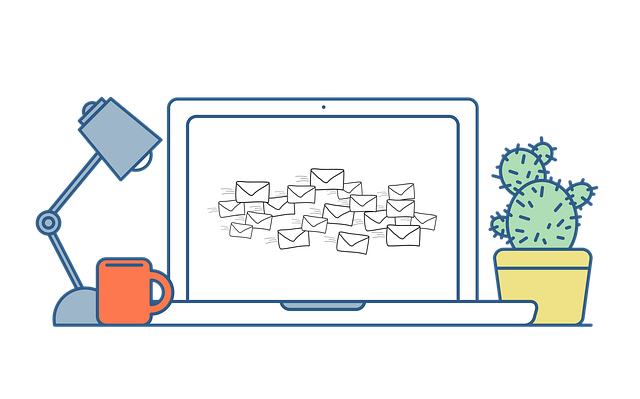AI route delay forecasting is revolutionizing ghost kitchens by predicting food delivery route delays, optimizing workflows, minimizing customer wait times, and enhancing productivity. By analyzing historical data and real-time metrics, AI algorithms identify patterns in preparation times and routes, enabling efficient kitchen design that reduces bottlenecks. This results in faster order fulfillment and better customer satisfaction in a competitive market. AI also optimizes inventory, staffing, and waste reduction, making ghost kitchens more sustainable and future-proof.
“Revolutionize your kitchen design with AI ghost kitchen solutions. In today’s fast-paced food delivery landscape, efficient operations are key. This article explores how Artificial Intelligence (AI) is transforming ghost kitchens through advanced AI route delay forecasting for optimized layouts.
We’ll delve into the benefits of intelligent design integration, its impact on future-proofing food delivery services, and how it ensures seamless, data-driven kitchen workflows.”
- Understanding AI in Ghost Kitchens: The Role of Route Delay Forecasting
- Optimizing Kitchen Layouts with Intelligent Design: A Case for AI Integration
- Future-Proofing Food Delivery: AI's Impact on Efficient Ghost Kitchen Operations
Understanding AI in Ghost Kitchens: The Role of Route Delay Forecasting

In the realm of ghost kitchens, or cloud kitchens, Artificial Intelligence (AI) is revolutionizing kitchen layout design and operational efficiency. One key aspect where AI makes a significant impact is through route delay forecasting. By leveraging machine learning algorithms, AI systems analyze historical delivery data, traffic patterns, and real-time location updates to predict potential delays in food delivery routes. This predictive analysis helps optimize kitchen workflows and ensures timely order fulfillment.
AI route delay forecasting plays a crucial role in managing ghost kitchen operations by enabling dynamic routing adjustments. When an unexpected delay occurs due to factors like heavy traffic or road construction, the AI system can quickly recalculate the most efficient delivery routes. This not only minimizes customer wait times but also enhances overall kitchen productivity. As a result, AI-driven route delay forecasting contributes to better resource allocation and improved customer satisfaction in ghost kitchen settings.
Optimizing Kitchen Layouts with Intelligent Design: A Case for AI Integration

Optimizing kitchen layouts with intelligent design has become a game-changer in the culinary world, and integrating Artificial Intelligence (AI) is the next logical step. AI offers an innovative approach to enhancing efficiency and productivity in ghost kitchens or centralized cooking facilities. By leveraging AI algorithms, especially those focused on route delay forecasting, kitchen designers can create streamlined workflows. This technology predicts potential bottlenecks and optimizes the placement of equipment, work stations, and storage areas, ensuring a smooth flow of tasks.
For example, AI-powered systems can analyze historical data and real-time performance metrics to identify patterns in food preparation times and delivery routes. This information empowers designers to make informed decisions about kitchen layout design, resulting in reduced food preparation times and improved order fulfillment rates. Ultimately, an AI-integrated kitchen layout promises enhanced customer satisfaction through faster delivery times and better overall culinary experiences.
Future-Proofing Food Delivery: AI's Impact on Efficient Ghost Kitchen Operations

The future of food delivery is here, and it’s powered by Artificial Intelligence (AI). With the rise of ghost kitchens—shared cooking facilities optimized for delivery-only restaurants—efficient operations are paramount to success. AI route delay forecasting plays a pivotal role in this regard, allowing kitchen managers to predict potential delays caused by traffic or delivery routes. By analyzing historical data and real-time insights, these systems can anticipate bottlenecks, ensuring orders are prepared and dispatched on time. This proactive approach enhances customer satisfaction by minimizing wait times, which is crucial in the highly competitive food delivery market.
Moreover, AI’s ability to forecast demand and optimize inventory management means ghost kitchens can streamline their processes internally. By understanding peak hours and popular menu items, AI algorithms can assist in scheduling staff, managing perishable goods, and reducing waste—all while maintaining high-quality food preparation standards. This intelligent kitchen layout design not only increases productivity but also ensures sustainability, making ghost kitchens a future-proof option for the ever-evolving culinary landscape.
AI ghost kitchen design, powered by intelligent layout strategies and predictive tools like route delay forecasting, is poised to revolutionize food delivery. By optimizing kitchen workflows and enhancing operational efficiency, these innovations ensure faster service times, reduced costs, and improved customer satisfaction. As the demand for food delivery continues to surge, embracing AI integration in ghost kitchen layouts becomes essential for staying competitive and future-proofing this dynamic industry.
